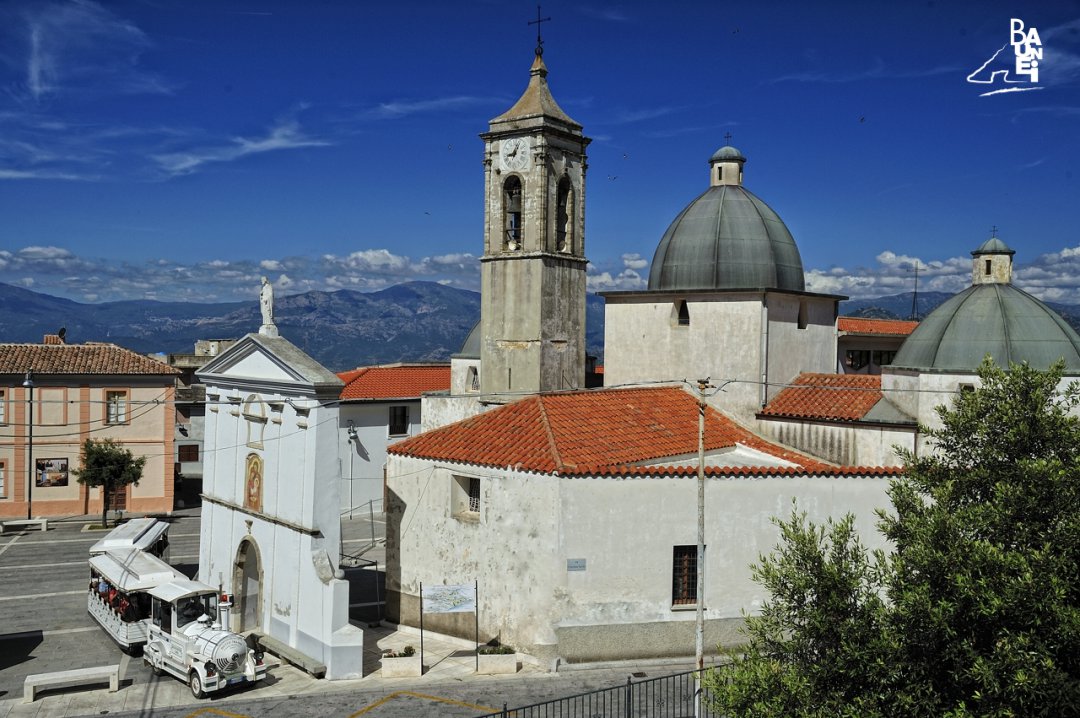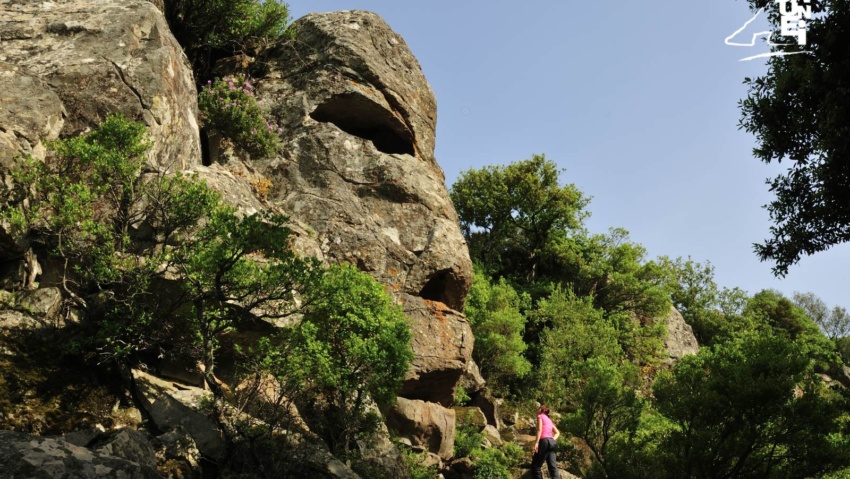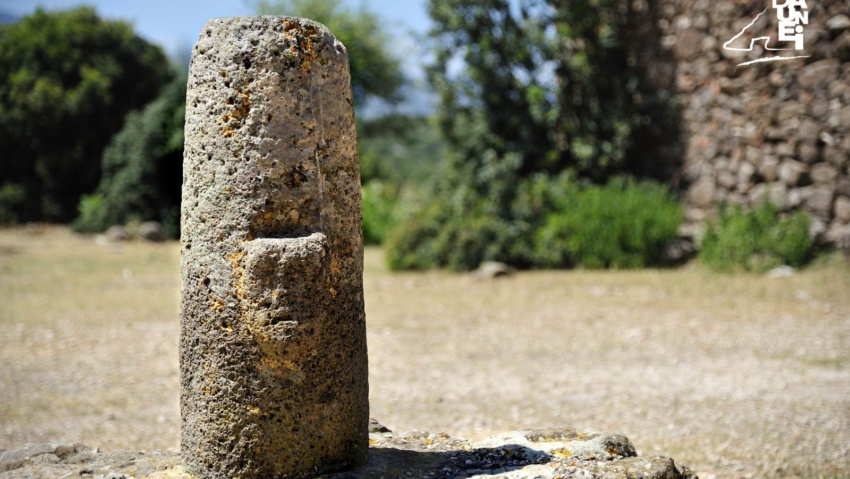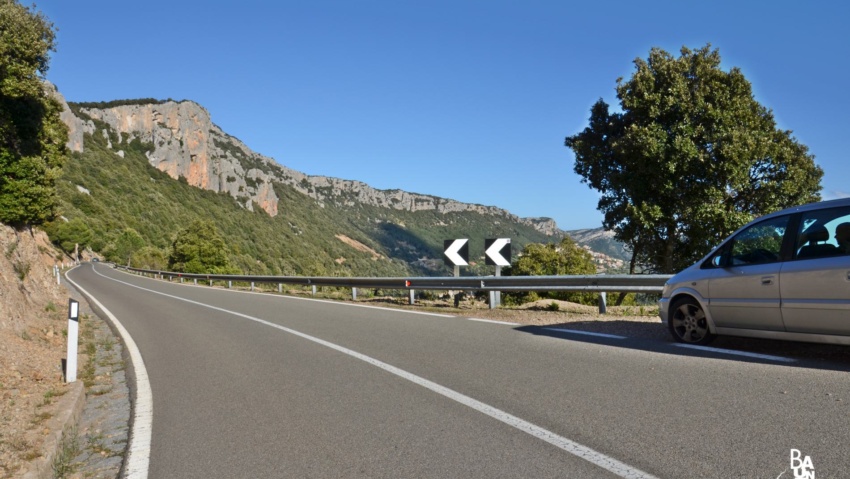The Church of Saint Nicolas
The parish church, dedicated to St. Nicholas of Bari, is at the center of the village, near the Town Hall, between Independence Square and the churchyard. It was probably built in the seventeenth century on the ruins of the chapel of the ancient village cemetery, at the time located in a nearby open space below (nowadays the entrance to Bingiggedda Square). Before being named after St. Nicholas, the church was dedicated to St. Peter, as revealed by the abbot Angius who, during the survey of 1833, was struck by the simplicity of the ornaments: “The church is under the invocation of the apostle St. Peter – wrote Angius – and nothing therein, not the materials nor its ornaments, is worthy of note. Indeed, it is devoid of the latter and in short supply of the most commonly used sacred vessels. The cemetery is adjacent, but outside the inhabited area”.
The architectural features inside were heavily modified by the renovation that took place in 1966-67, the aim of which was to create a large single environment for the assembled faithful. The ancient baroque feel is still present in the sacristy, in the choir, in the side chapels and the three domes, whose outer casing has been renovated repeatedly. Of particular worth are the two marble lions, dating back to the late nineteenth century (positioned near the main altar) and the marble altar of the right transept, the work of a marble worker from Cagliari, Andrea Ugolini, who was very highly thought of throughout the island in the second half of the nineteenth century. Another interesting feature is the Latin inscription dated 1877 (positioned above the stoup near the main door) which commemorates the naming ceremony in which the church was dedicated to St. Nicholas of Bari, the patron saint of the village (which is traditionally celebrated on 6 December and, for some time, also on the second Sunday of May) by the then Bishop of the Diocese of Ogliastra Monsignor Paolo Maria Serci Serra. That St. Nicholas was much loved by the Baunesis is also mentioned by Angius, who noted that “the main festival, which is celebrated with great frequency in the surrounding villages, is in honour of St. Nicholas, the Bishop of Bari”. Also worthy of note is the painting “The Circumcision of Jesus”, dated 1601, by the mannerist painter from Olgiastra named Andreas Lusso, born in Ilbono and resident in Lotzorai, who worked in central Sardinia and Sassari from the late sixteenth century until his death in 1627. The painting was rediscovered in 1963, rolled up in a corner of the parish house: it had been there since Canon Don Giuseppe Sanna was the pastor of Baunei.
CONTATTI
Via San Nicolò, 2 – 08040 BAUNEI (Sardinia, Italy)
infopoint@turismobaunei.eu
+39 349 5462583
